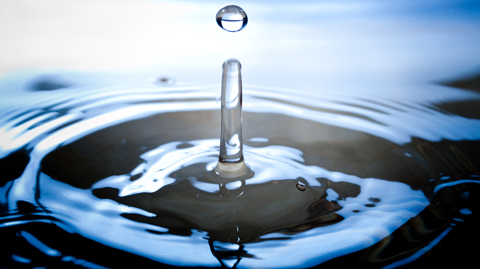EXCELLENT ARTICLE, SEE WEB PAGE BELOW FOR EVEN MORE INFORMATION.
VERY IMPRESSIVE.
Yes, This is an Emergency Water Purifier” not a “pretty one”
OK, here it is folks…although the Berkey Water Purifiers are great; what makes them great is the “Black Berkey Water Purification Elements.” That’s right…the systems are really just containers for the Purification Elements. It’s nice that they have lids and spigots etc., but in the end it is all about the purification elements.
The genuine Berkey Water Purifiers also have a much better seal between the top and bottom chambers than the homemade bucket system does. If you make your own “bucket purifier” you’ll want to use some food grade sealant or some other method to keep air-born debris from getting between the two buckets and possibly contaminating the pure water in the bottom bucket. The Best Water Purifier is still the large stainless steel system on my right on the home page (if you’re asking me ; – )
All that said; if I were on a really tight budget, or just wanted an (ugly, but practical emergency system) I would buy:
- ( 2 ) Large Food Grade Buckets (Buy at local stores or get used from restaurants or bakeries.)
- ( 1 ) Spigot, and
- ( 2 to 8 ) Black Berkey Purification Elements (The More You Buy The Cheaper They Are!)
Berkey Water Filters / Purifiers Comparison Chart
Berkey Systems
|
Pure Water Holding Capacity
|
# of Purification Elements & Flow Rate
(Gallons Per Hour)
|
# of Purification Elements & Flow Rate
(Gallons Per Hour)
|
# of Purification Elements & Flow Rate
(Gallons Per Hour)
|
# of Purification Elements & Flow Rate
(Gallons Per Hour)
|
|
|
6 Gallons
|
2 Elm. (6.5 GPH)
|
4 Elm. (13.0 GPH)
|
6 Elm. (19.5 GPH)
|
8 Elm. (26.0 GPH)
|
|
|
4.5 Gallons
|
2 Elm. (5.5 GPH)
|
4 Elm. (11.0 GPH)
|
6 Elm. (16.5 GPH)
| |
|
|
3.25 Gallons
|
2 Elm. (4.0 GPH)
|
4 Elm. (8.0 GPH)
| ||
|
|
2.25 Gallons
|
2 Elm. (3.5 GPH)
|
4 Elm. (7.0 GPH)
| ||
|
|
2.75 Gallons
|
2 Elm. (4.25 GPH)
|
4 Elm. (8.5 GPH)
| ||
|
|
1.5 Gallons
|
2 Elm. (2.75 GPH)
| |||
|
|
1.0 Quart
|
1 Elm. (1.0 GPH)
|
* Flow rate calculated with upper chamber full to top. Flow rate decreases as water level declines.
http://waterpurificationsystems.co/resources-links/home-made-water-purifier/







